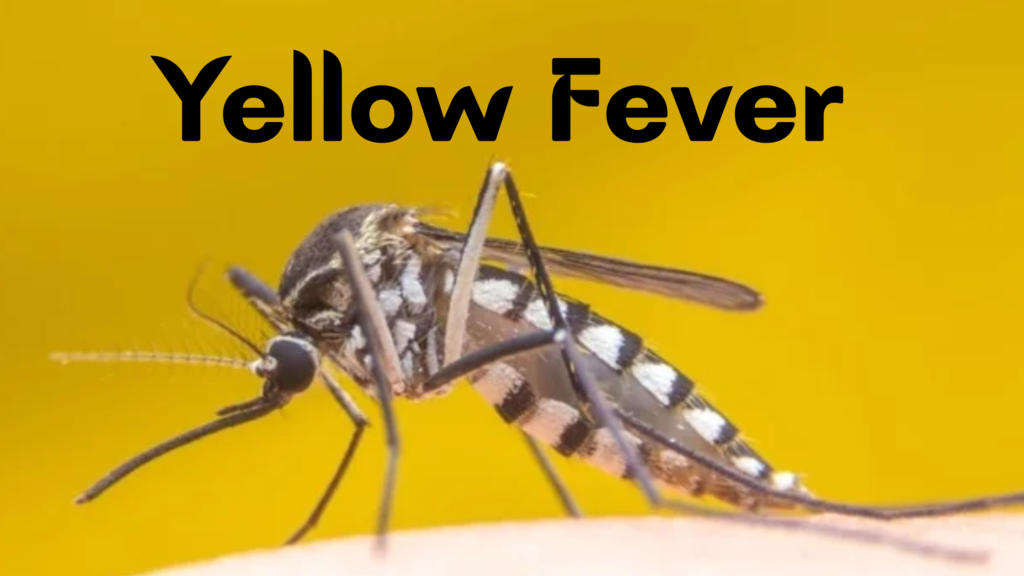Yellow Fever
What is Yellow Fever? 🦟🟡 Yellow Fever is a viral disease caused by the yellow fever virus, which is transmitted to humans by infected mosquitoes, primarily the Aedes aegypti mosquito. How is it Transmitted? Symptoms of Yellow Fever Yellow Fever has three stages: Diagnosis Treatment Prevention 🛡️









